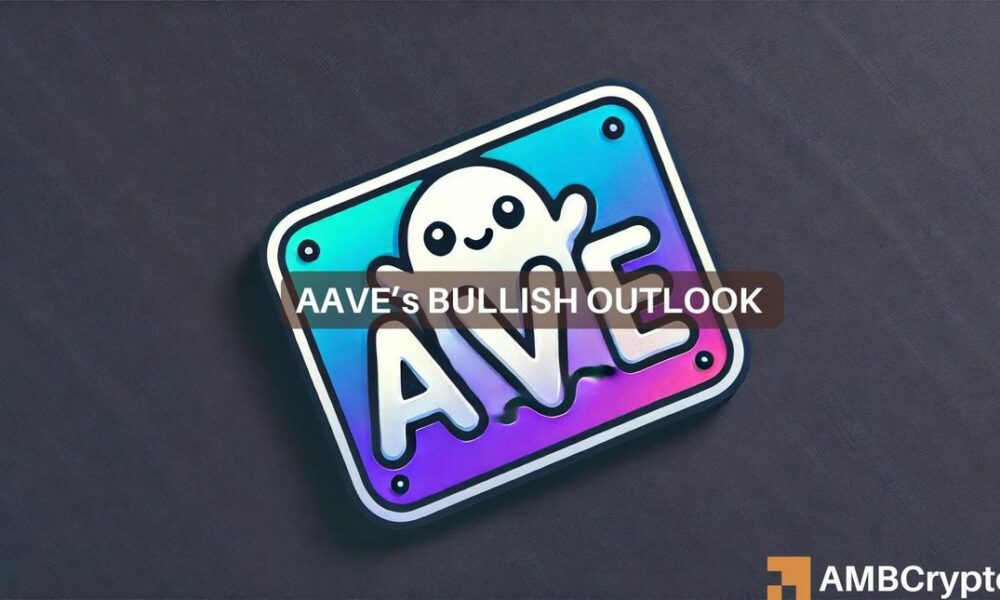Aave [AAVE] has been standing out in the market, showing resilience against the challenges that affected most assets in the early months of H2 2024. Surprisingly, it has even outperformed Bitcoin [BTC] in terms of year-to-date (YTD) returns.
While BTC saw a 42% increase, AAVE recorded a 46% YTD return at the current press time.
Arthur Cheong, the founder of DeFiance Capital, a crypto venture capital firm, is confident that the DeFi token is on track to surpass its all-time high (ATH) after a breakout from a range.
“$AAVE is now trading at its highest level since May 2022 and appears to be breaking out from a 2-year consolidation phase. Reclaiming the ATH will further solidify the DeFi Renaissance,” Cheong predicted.
AAVE’s Optimistic Future
Just for a quick recap, AAVE entered the market in 2020 and reached an ATH of $668 during the peak of the previous bull run in 2021. The recent breakout from the 2-year price range could potentially propel the altcoin to $200 in the near term.
Currently, the altcoin is valued at $158, indicating a probable 26% gain if it manages to reach $200.
Despite the technical indicators signaling overbought conditions, the DeFi renaissance highlighted by Cheong seems to be gaining momentum.
A recent report from Bernstein emphasized a resurgence in the DeFi sector, fueled by decreasing US bank interest rates, which is likely to drive demand for DeFi yields.
The report specifically recognized AAVE’s robust growth potential and strong fundamentals, positioning it to benefit from the increasing demand.
Among the lending platforms, AAVE leads the pack with active loans totaling $7.35 billion, surpassing Maker’s [MKR] Spark Protocol.
This figure is close to double the borrowed amount of approximately $3.4 billion at the beginning of 2024, showcasing the impressive growth of the protocol, mirrored in its price performance.
During Q3, AAVE has surged by 60%, contrasting with the negative performance of other lending platforms and major DeFi tokens. Tokens like MKR and Uniswap [UNI] experienced a decline of 38% and 28% respectively, while Lido [LDO] faced the steepest drop of 44% during the same period.
Notably, AAVE detached from the market trend after the early August sell-off. Kinji Steimetz, a research analyst at Messari, attributed AAVE’s exceptional performance to a recent proposal on protocol fees and a reduction in supply overhang.

